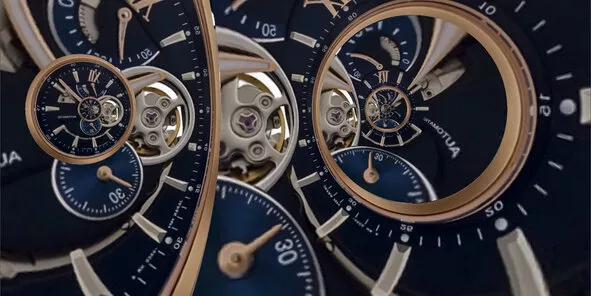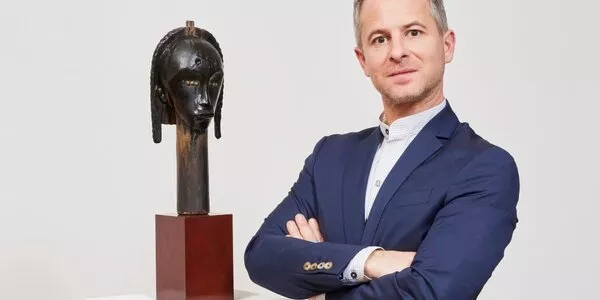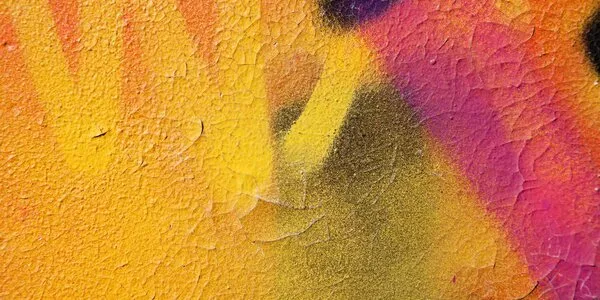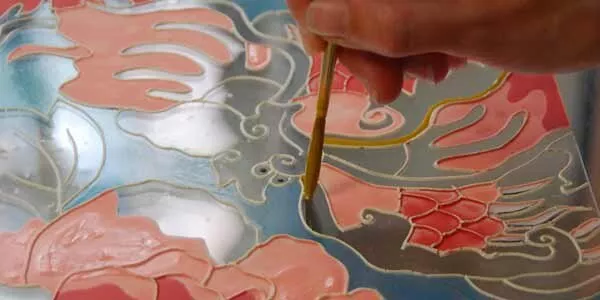
What is digital art?
Five Body Problems 2, Lost And Found in The Wash by Dev Harlan, 2022. Two-minute digital short film using photogrammetry and 3D animation.
It is one of the thirty or so works broadcast each year in the Paris offices of Societe Generale Private Banking.
Is digital art an invention of the 21th century?
Contrary to what one might think, digital art did not begin in the 21st century. Artists have always appropriated the tools of their time to push back the limits of creation. The first digital works were born around the same time as the first computers, at the beginning of the 1950s! The transition from the industrial era to the digital era marked the beginning of a profound paradigm shift for artistic creation. One of the pioneers of the genre is the American artist and engineer Ben Laposky, who in 1953 photographed sine waves produced by an oscilloscope combined with various electrical circuits. He helped pave the way for many innovations that have marked the history of digital art.
NFTs have fostered the emergence of new collectors.
What are the main categories of digital art?
A work is digital when it integrates a digital tool into its creative process. There are therefore as many categories as there are technologies. From virtual reality to augmented reality, from Net Art to robotics, from mapping to performance, digital art covers many forms. However, we can consider three main categories: immersive art which immerses the viewer in an image and which fills the space, interactive art which reacts to its environment, and finally generative art whose creations are algorithmic and self-generating.

How to acquire and exhibit digital art?
Digital works can be exhibited in the private or public spheres, on a Smart-TV or any other dedicated medium, and in living spaces that help reveal the full spectrum of artistic feeling. The exhibition of digital art in the real world makes it possible to support artists, democratize access to art and bring extra soul to spaces frequented on a daily basis: this is our mission at Artpoint! NFTs have revolutionized the world of digital art and allow the purchase of unique and authenticated digital works of art on the blockchain, thus helping promote the emergence of a new generation of artists and collectors.
Interviewed by Laurent Issaurat, Head of Art Banking Services, Societe Generale Private Banking





